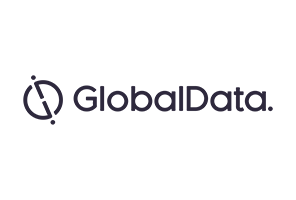While governments in developed and developing countries are rarely unanimous, the future health of their respective populations is a universal cause for concern. A healthy population underpins economic growth. Hence, policy-makers and healthcare providers alike are turning their attention to preventative health campaigns. Technology is the core enabler, facilitating engagement with citizens before their health deteriorates or becomes critical.
Culturally, millennials are comparatively more geared to healthier lifestyles, and as ‘digital natives’ are as likely to consult their peers on online forums, where trust mechanisms are high, about sensitive health issues. While they do expect more of their physician, they are increasingly acceptant of less in-person contact, as long as the quality of care is high. Video-consultation, wearables, and texting support this new style of relationship in communities where providers can embed this as part of mainstream treatment programs. This willingness to embrace technology has greater ramifications for the future of healthcare, since machine based learning is expected to be used extensively to support clinical diagnosis.
At the other end of the spectrum, the western world’s baby boomers are now high on healthcare’s radar. In the US for example, some three million will hit retirement age every year over the next 20, according to Census Bureau estimates. By 2029, there will be more than 71 million Americans aged 65 or older, up from about 41 million in 2011. This group is equally tech savvy, but comparatively more discerning than millennials about data sharing and security. Their willingness to exploit wearables, and instal smart sensors at home is high, which bodes well for the Internet of Things as a support to independent living.
The potential for technology-driven healthcare provision in developing countries is equally high. Thanks to the concerted effort of several innovative telcos, access to the simple smart phone is ubiquitous, with considerable advances in delivering preventative messaging to large swathes of traditionally under-served communities, of all age groups. With employment models reflecting the sheer size of the populations at large, older generations are already exposed to technology, widely exploited to support farmers and women’s co-operatives in a variety of contexts.
Strategic healthcare providers are now striving to embed a relationship management program with their local populations. GlobalData’s recent ICT investment survey, conducted among key decision-makers within healthcare organizations, revealed highest priority in budget allocation through 2016 towards three inter-related areas: improving treatment outcomes for patients (39%); reducing costs (27%); improving the patient experience (13%). They appreciate this is better achieved via more open collaboration with big pharma, digital start-ups and patient groups, to exploit technology to sustain the next generation of healthcare. There is much to be positive about.




